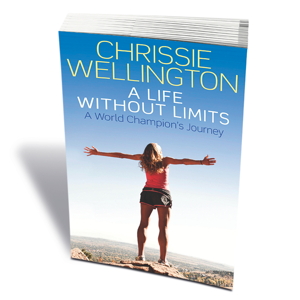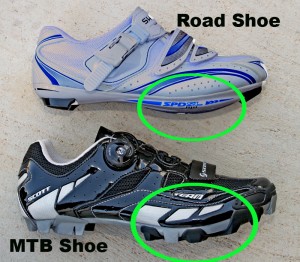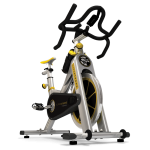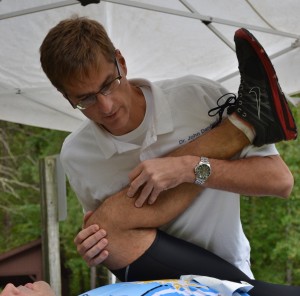 As summer is upon us here in DC it’s not a bad time to remind everyone about the importance of proper hydration. According to the USGS our bodies are about 60% water, brains 70% water and lungs a whopping 90% water. Even mild dehydration can affect your workout by raising your heart rate, body temperature, triggering cramps and increasing muscle soreness (read about it here).
As summer is upon us here in DC it’s not a bad time to remind everyone about the importance of proper hydration. According to the USGS our bodies are about 60% water, brains 70% water and lungs a whopping 90% water. Even mild dehydration can affect your workout by raising your heart rate, body temperature, triggering cramps and increasing muscle soreness (read about it here).
To figure out how much water you should be consuming each day, remember these simple rules:
* Divide your body weight in half and drink that much in ounces per day. So if you’re 140 lbs, you should be drinking 70 oz, or 8.75 cups (just over 2 liters) per day. But that’s only if you’re not active and water is your sole beverage of choice that day.
* Caffeine dehydrates, so for every caffeinated beverage you drink, add that much additional water to your plan. So if you have a 12 oz Coke and a cup of coffee, add 20 additional ounces of water to your diet.
* Alcohol also dehydrates, so if you’re drinking, step up your water consumption. A couple drinks the night before a workout can leave you dehydrated the next day, so follow up each alcoholic drink with a glass of water.
* If you work out, you also need to compensate for fluid lost through sweat. Here’s a great article from Active to help you figure out how much you should drink to compensate. In short, the average person sweats between 0.8 and 1.4 liters an hour during exercise depending on conditions. That translates to 1-2 bike bottles worth of sweat lost in a one-hour spin class! Be sure to compensate.
* For workouts under an hour, water should be enough. For sweaty workouts over an hour, it’s a good idea to add some electrolytes or select a sports beverage instead. For long efforts on hot days (triathlons, marathons, long training runs/rides), you can also supplement with electrolyte tablets like SaltStick tablets. Just be sure to follow the recommended dosages!
* Every year there seems to be a new story about an athlete getting in trouble with hyponatremia. Hyponatremia is a condition caused by drinking too much water, which dilutes the concentration of sodium in the bloodstream and can lead to death. If you’re participating in an endurance event like a marathon or triathlon, be sure to read up on this condition and plan your fluid intake carefully.
* For the sake of your health as a final word, I’ll go there: the color of your urine can tell you a lot about your hydration level. Aim for light colored urine. Dark is dangerous and a sign to drink up!!





